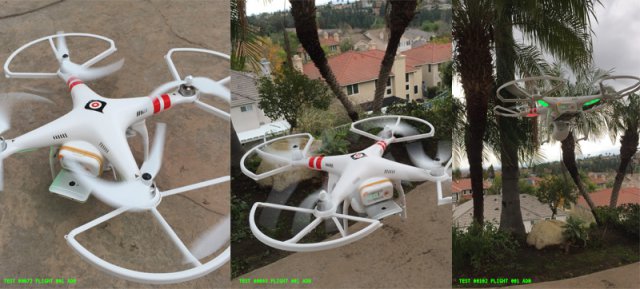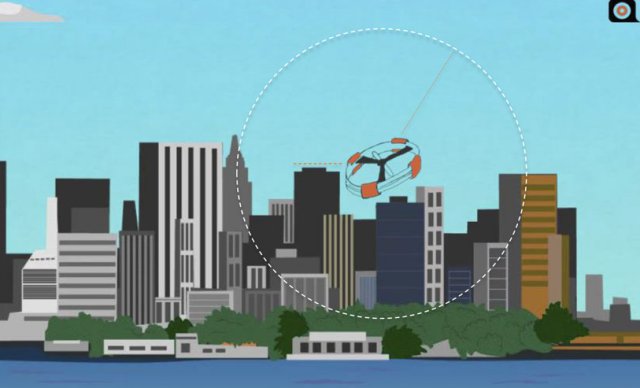Using a fleet of readily available consumer drones, AdNear – a Singapore-based location-marketing firm – is able to determine a cell phone’s location as well as its movement by collecting signal strength and other wireless data from passersby below. With this data in hand, AdNear could then deliver hyper-targeted ads and other promotions to potential customers as they’re walking past a storefront in the hopes of incentivizing a customer to enter the store.
The experiment, which the company said collected only data with no personally identifiable information, began earlier this month in the San Fernando Valley of Los Angeles with an undisclosed number of operators and will likely continue through the rest of this quarter with the possibility of more testing in Asia.
But before this firm experimented with drones, AdNear had already been using methods on the ground to collect consumer behavior data by using bikes, cars and trains to profile more than 530 million users in Asia, according to the company.
Expanding to drones as a next step makes sense as a drone’s accessibility provides the most optimal coverage area for data collection. It also reduces “human intervention” and eases “the process of collating data in inaccessible regions” according to the company’s blog post.
In other words, collecting data with drones leads to more accurate insights for marketers and brands, but for consumers, this could mean that the next time you walk through a mall, the phone in your pocket might buzz with a push alert of an advertisement depending on where you’re standing.
While collecting wireless transmissions by drone may be a new concept for marketers, it’s something black hat hackers have already taken an interest in, having already demonstrated the ability to snoop on cell phones and Wi-Fi networks by using drones to impersonate cell phone towers and other transmission endpoints.
AdNear’s experiment, seemingly conducted with no malicious intent despite its questionable legality given the current status of commercial drones in the U.S., further raises the issue of regulation for an industry that’s estimated to have an economic impact of more than $82 billion over the next 10 years once they’re fully integrated in the national airspace.
Source: Forbes


